Undead Syndrome: Episode 2 is a direct sequel that picks up right where the last game left off. If you wish to avoid spoilers for what little story the prior title had, I’d recommend not reading this review. The truth was.. Aliens. It was aliens all along. Upon starting this episode, it is revealed that you have essentially been in a subconscious matrix and have managed to awake on the mothership. A random alien then greets you but has little in the way of time to adequately explain things as whoever put you in that machine will soon notice your absence.
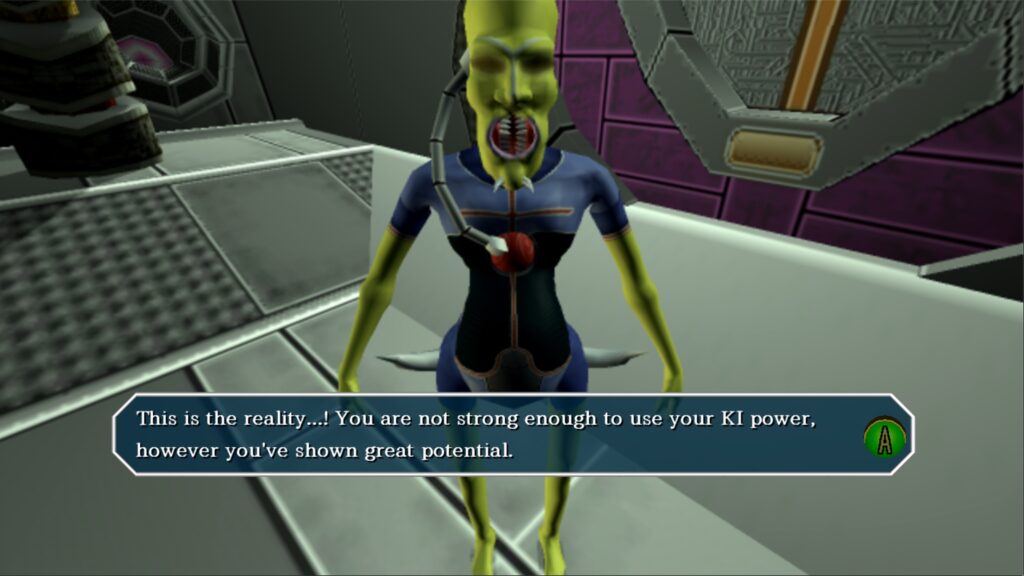
It is quite the wild ride for the first few minutes and a massive departure from the last game’s eerie environments. That is not to last as you soon get captured and stuffed right back into the matrix. There is no further story development. The rest is simply spent trying to get out, making the entirety of episode 2 feel like pure filler story-wise. Luckily, the first title didn’t have much in the way of plot, so it isn’t that big of a deal. Many of us were just there for the strangeness and the horror it offered.
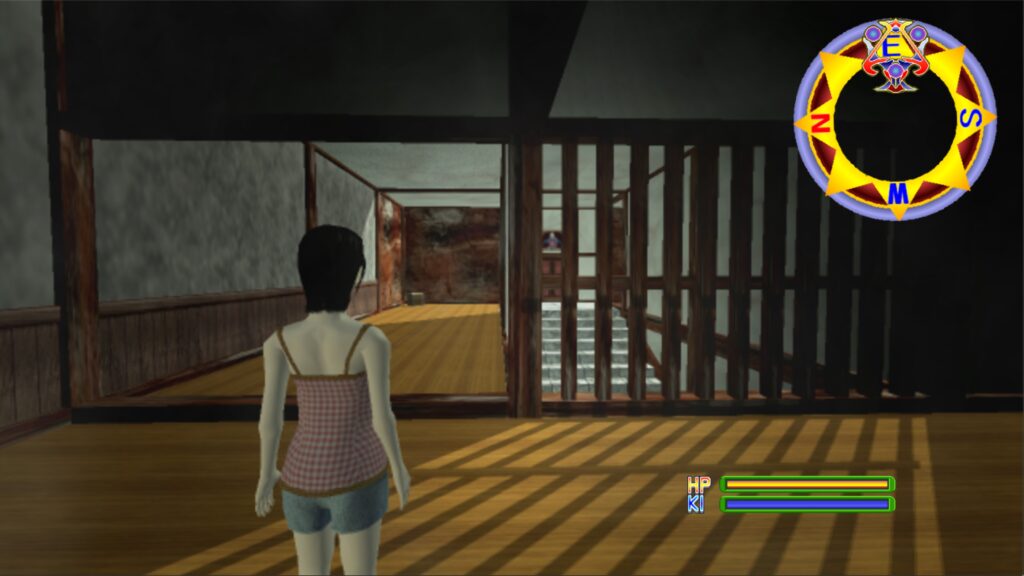
That last statement makes it all the more unfortunate that they have essentially given up on that aspect of the series. Episode 2 leans in hard with the combat, which was never its strong point and that the original already had far too much of, in my opinion. The combat system remains nearly the exact same. You have a magical Ki Blast you can use from a distance and have to reposition yourself when enemies get too close as you don’t have close-ranged attacks. Your Blast is slightly faster to prepare, giving you more breathing room than the last game when you suddenly need to strike quickly. A new addition is your Ki sprinting. It will drain your overall Ki meter like nothing else but will let you quickly run away from a situation.
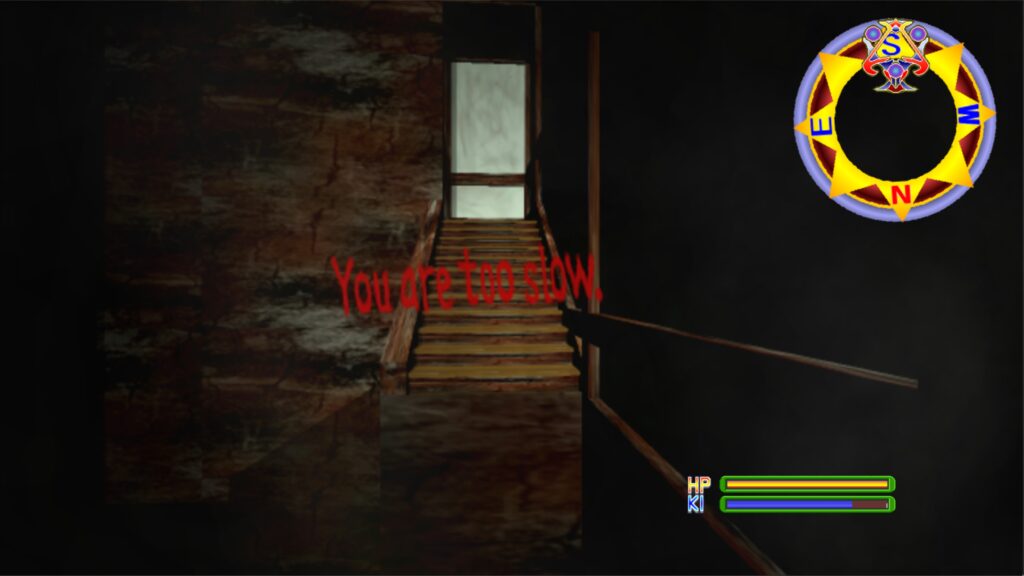
It has a decent enough foundation for an enjoyable third-person shooter experience. The issue here is the incredibly narrow environments that are made for a horror game, alongside the occasional level or gameplay designs meant to put you at a disadvantage. Imagine playing as your purely ranged character and having melee-based foes suddenly materialize out of thin air to surround you. Episode 2 will, at times, experiment with these Serious Sam-like shenanigans that really don’t suit this type of game. They focused on the wrong things here. The first episode of Undead Syndrome wasn’t exactly well-balanced, challenge-wise, but plopping in a ton more enemies into these cramped corridors and coming up with some cheap combat scenarios did it no favors.
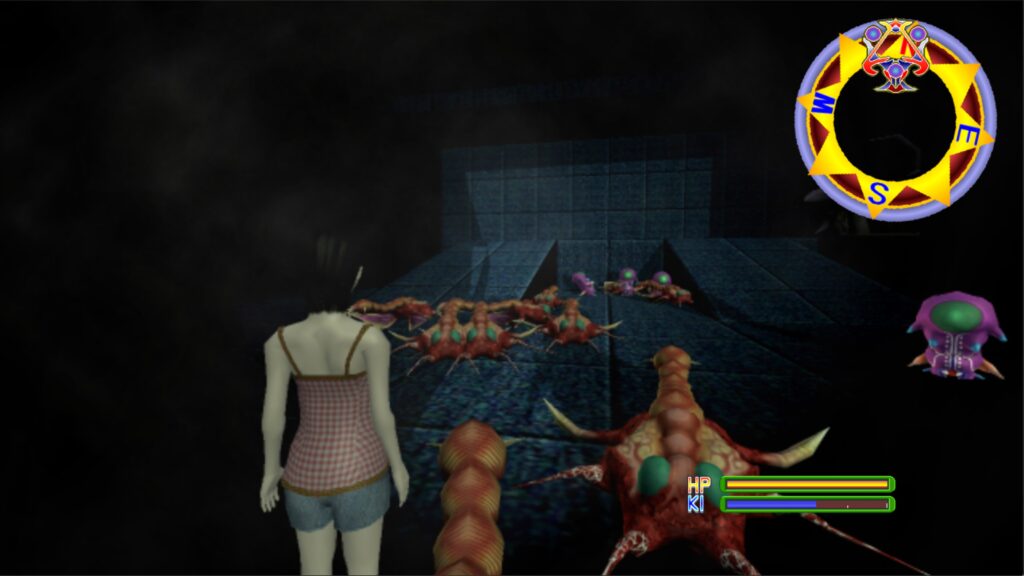
There have been some changes for the better, however. It now has an appropriate degree of challenge to overcome, while the first episode had you incredibly overpowered to the point you breeze through combat. You will quickly meet your end if you try to play this like the first Undead Syndrome. The stats of both yourself and your enemies have been balanced far better. Gone are the days of opponents causing you zero damage after about ten minutes of gameplay. Most everything will remain deadly throughout. Just like the original, it is usually not raw damage taken that you have to worry about. Some attacks have the chance of causing an affliction such as Poison, Paralysis, or a Curse that leaves you unable to use your Ki.
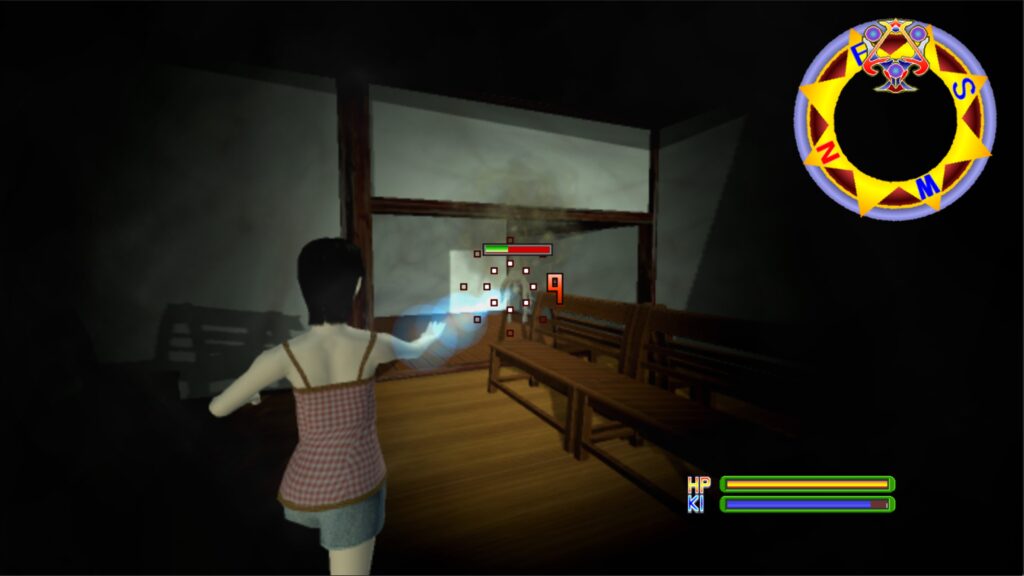
Those status ailments are far, far more common now. Any hit you take is a huge danger, especially if there is more than one enemy. You are not frail like you may imagine from a ranged character, yet being ganged up on or taking repeated hits while defenseless will usually be fatal. It is vital that you carry items to cure yourself of any and all afflictions. Encounters were a snore before, but now preparation is crucial and likely the deciding factor that pushes you to victory. That increase in difficulty was a pretty good thing. Another change for the better is that you no longer have a chance to be teleported to a random arena when looting enemies. This time around, you should definitely loot every foe as it offers better rewards to counter your increased item usage.
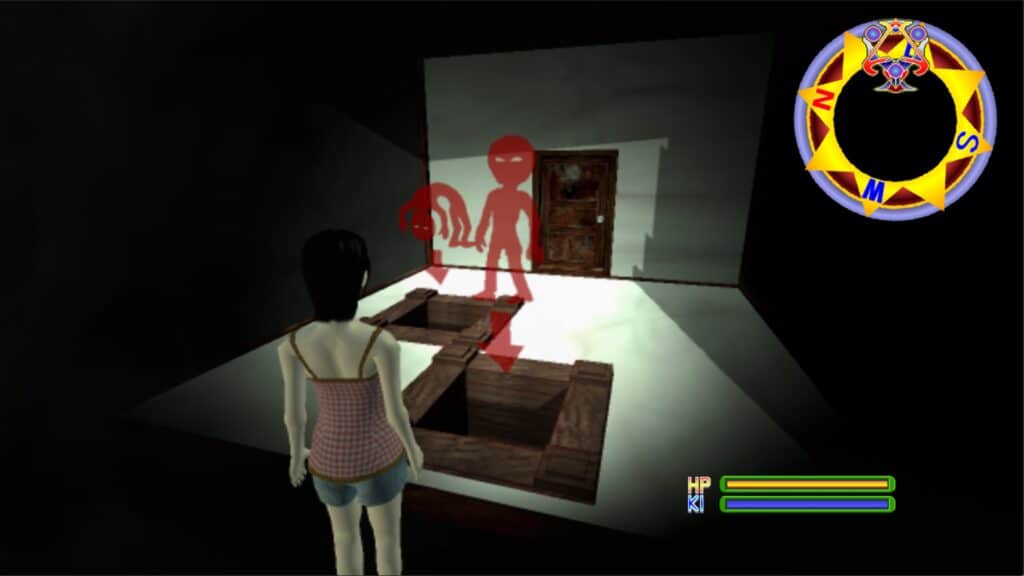
Implants make a return and function mostly the same. The difference here is that you may need to swap out more often, like boosting your speed to clear some jumps. You’ll find that they are more rare this time around and are much less overpowered stat-wise. Equipping some in your right hand may produce new attack variants such as a triple shot or a dark storm blast. You will find that a particular enemy can only be damaged with a specific type of attack. These are the red-headed slime creatures that will instantly kill you if they manage to touch you. Not a bad idea, but with the amount the dev spawns in these cramped environments and their often cheap placements, they managed to make it feel unfulfilling.
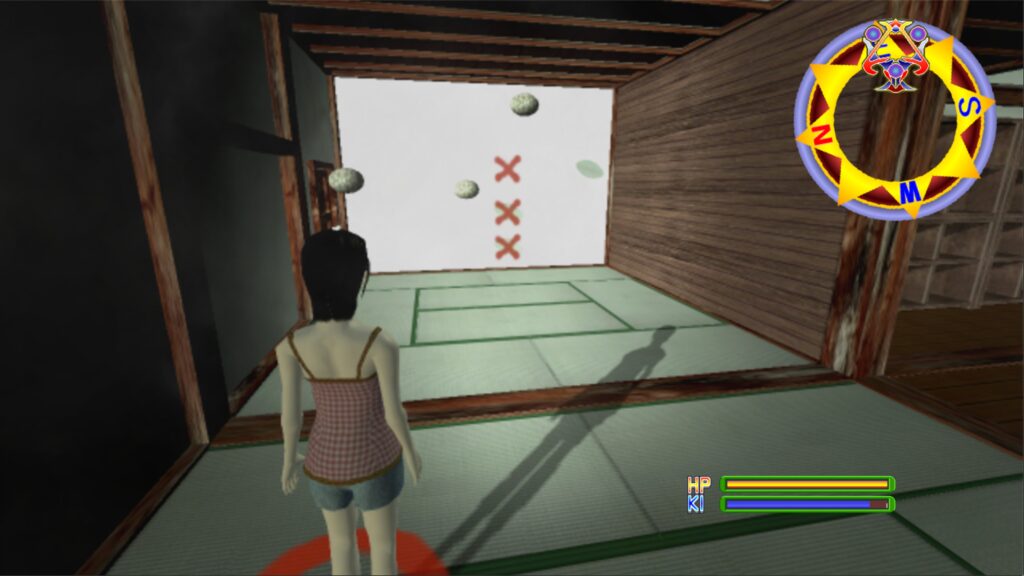
With the number of minor tweaks they made, it is a real shame they didn’t attempt to fix the item menu. You still need to slowly navigate through a ton of stuff to reach what you are looking for. This tediousness is only amplified with how often you will get a status affliction you need to cure. It is as simple as making the same item types stack. You would spend far less time scrolling at a snail’s pace if they made it so that it shows something like ” Medium Health Recovery x14″ instead of making you go through all of those individually. Item bloat is not something you can control either. Alongside the gold you loot from monsters, they will also occasionally drop items. You risk picking up an item every time you loot, and if you want to get rid of it, you need to scroll to what you just picked up then discard it.
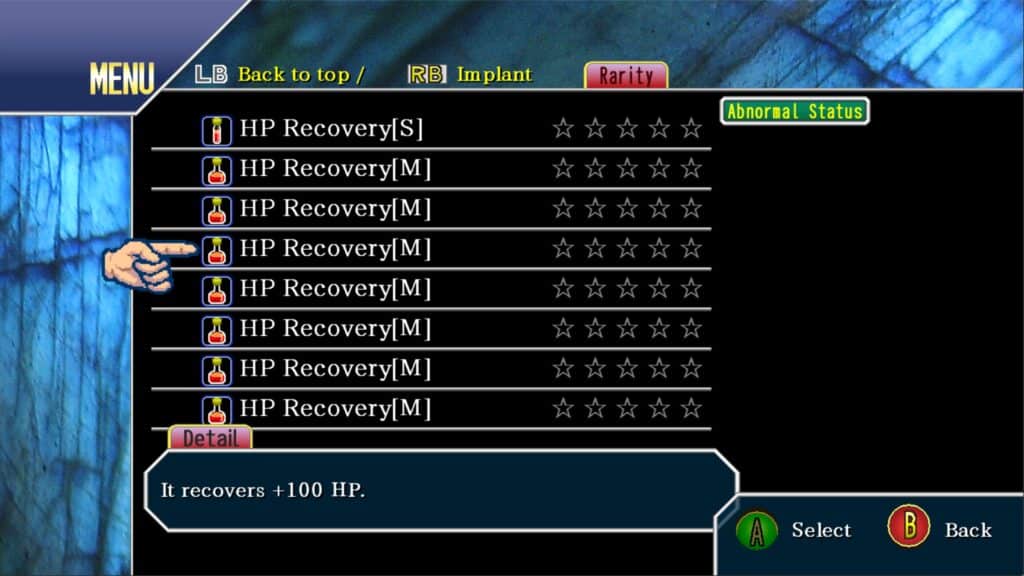
Further compounding that issue is that you have an item limit. What that limit is will always be a complete mystery since it doesn’t tell you nor show how many items you have in total to figure it out. More importantly is that mission-critical items still count towards that limit. You always need to have some space or risk leaving something you require to progress behind. These are preexisting problems that the sequel should have made a priority to correct. Initially, I was quite impressed with the level design and pacing of Episode 2. It didn’t take all too long for it to make a stunningly bad mistake in its guidance that is far worse than anything in the original. How they thought the progression path they took after you got the green key was a good idea is beyond me. Be prepared to randomly wander around until you brute force your way towards further progression on this and a few other occasions.
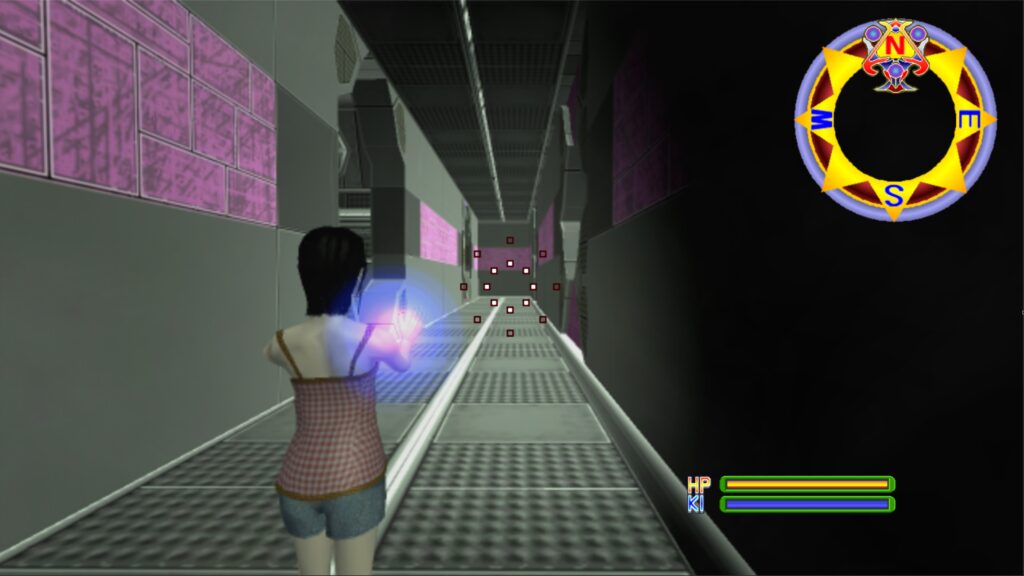
You have to take down three bosses instead of four this time around. They are an incomparably larger threat than those in the first. You will likely need to pack up on a fair deal of items before you attempt to take one on. These are the only situations where it is basically necessary to use your Ki Sprinting as that giant beast is more agile than he seems. It is a shame that it’s the same boss all three times and containing the same stats, but they were decent fights. On the technical side of things, it still displays the game in a 1920x1080p window. There is no way to enter fullscreen. It also remains entirely in English from the get-go and may cause a problem for Japanese speakers trying to set it to their language while initially navigating the menus.
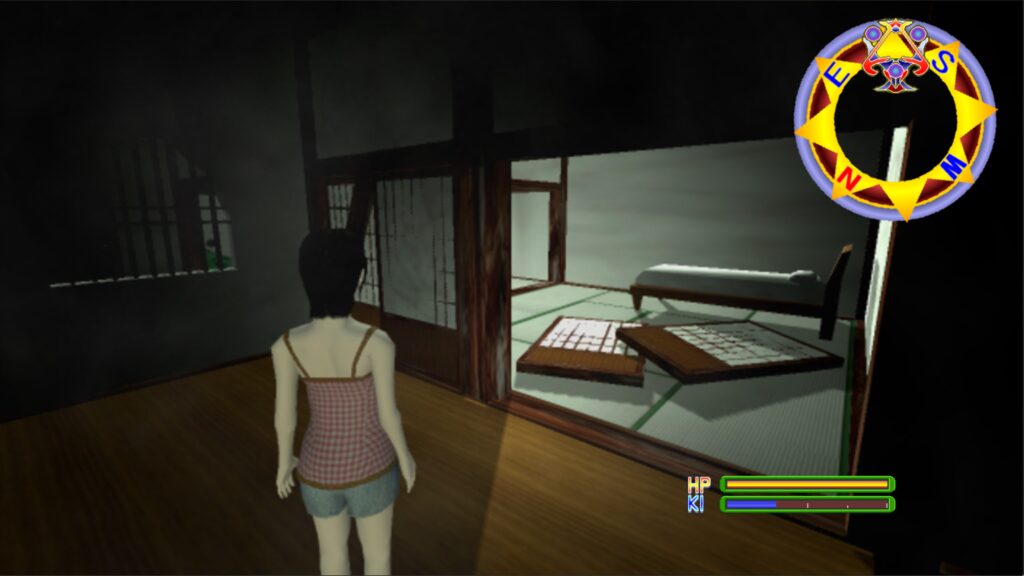
The theme here is that while Episode 2 improved some things, it drastically worsened several others and overlooked what could have used improvement most. The direction they took ultimately ended up outweighing the good in this entry. Episode 2 has similar-looking environments, many of the same enemies, and that tease of an intro that hinted at something more before dropping us into this similar yet worse experience. The charm that previously heightened the experience simply isn’t as impactful a second time around. It is not a terrible game by any means. This is just significantly more frustrating and misguided than the original entry, which was already on shaky grounds. It is a tough one to recommend to anyone but the most devoted fans of the original.
- Speer DX Review - April 4, 2024
- The Legend of Santa Review - December 7, 2023
- GROOD Review - December 6, 2023